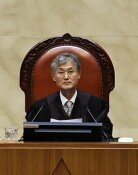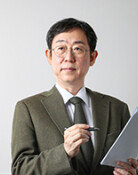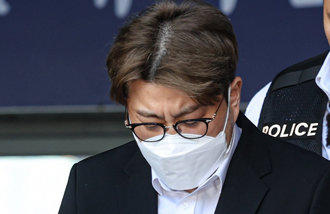Won-dollar Exchange Rate Plunges 6.5% in 3 Months
Won-dollar Exchange Rate Plunges 6.5% in 3 Months
Posted July. 16, 2003 21:35,
Concerns are mounting among the nation`s export companies amid forecasts of the won plunging below 1,150 against a dollar during the second half of this year.
The won-to-dollar exchange rate rose to 1,258 won at the beginning of April before plummeting to 1,176 as of July 15, losing 6.5 percent in three months. The won`s rally, brought about by the dollar`s protracted weakness, is expected to continue through the end of this year, leading companies to respond by diversifying their export markets. As the Chinese yuan is pegged to the dollar, when the dollar depreciates, so does the yuan. Therefore, the nation operates at a built-in disadvantage in trade with China.
The automobile industry, which exports 40 percent of its production to the U.S., is attempting to advance into the European market, where the euro has shown greater strength against the dollar than has the won.
Kia Motors Corp. has sold 75,204 vehicles to the European continent during the first half of 2003, up 50.7 percent from the 50,000 units for the same period of last year, although its export figures for North America are similar to those recorded in 2002.
South Korean automobiles sold in the 18 Western European countries as of June surged to 242,645 units, up 14.4 percent from a year ago.
Meanwhile, Korean importers of European vehicles are raising their sales prices. Mercedes Benz Korea and BMW Korea raised prices in April and July, respectively. In addition, European luxury brands such as Channel, Burberry, and Armani plan to raise sales prices of their new product lines for autumn and winter by 5-10 percent.
On the other hand, the domestic steel industry, which depends heavily on imported raw materials, is benefiting from the weaker dollar. As for POSCO, when the Korean currency gains 10 won against the greenback, material costs are reduced by 10 billion won annually. The airline and the shipping industries are also beneficiary of the weak dollar, since they enjoy lower interest burdens thanks to the falling exchange rate.
Samsung Electronics and LG Electronics set conservative business goals early this year on estimates of a won-dollar exchange rate of 1,100 to one. As a result, they have not been as hard hit so far. However, if the won continues to strengthen against the dollar beyond the next six months, their export competitiveness is likely to be damaged.
According to a survey conducted by the Korea Institute for Industrial Economics and Trade (KIET), the average break-even exchange rate for local exporters is around 1,180 won, and one out of three companies are already facing declining profits.
Experts see no signs of the weak dollar shows abating anytime soon. According to the Korea International Trade Association (KITA), when the exchange rate falls 10%, exports decline US$2.2 billion while imports increase US$7.9 billion dollars, leading to a US$10.1-billion deficit in the trade account.
“In order to mitigate the damage caused by the plunging exchange rate, it is important for companies to diversify the means of payment from the dollar, which accounts 80 percent, to the euro and yen,” said Jung Young-sik, chief economist at Samsung Economic Research Institute (SERI).
Headline News
- 55%of SNU Hospital professors start indefinite suspension from today
- DP intends to complete the composition of National Assembly this week
- Too high bonus for head of reconstruction associations causes controversy
- 13 infectious diseases sharply increase across the world
- International Skating Union revises major rules







